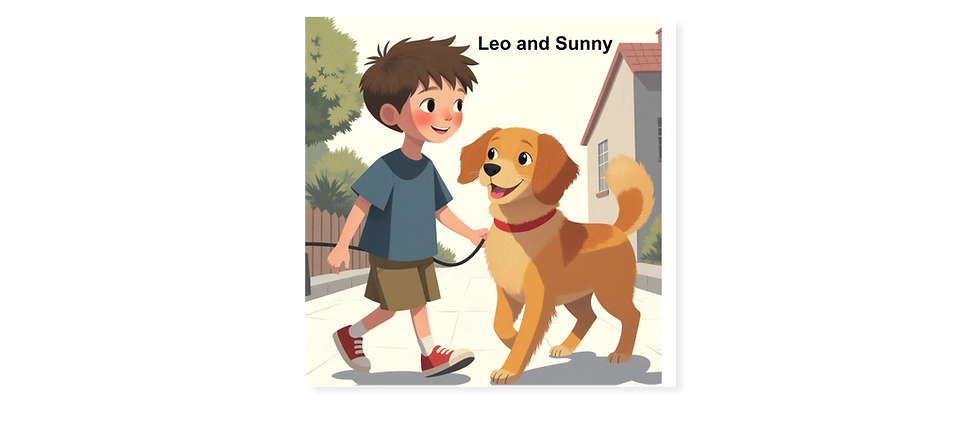Rhetorical Devices - phrases to quote
- Paul Larkin
- Feb 10, 2022
- 3 min read
What are examples of Rhetorical Devices?
“One small step for a man, a giant leap for mankind.”
(ANTITHESIS)
“Ask not what your country can do for you, ask what you can do for your country.”
(CHIASMUS
“To be or not to be. That is the question.”
(APORIA)
What are Rhetorical Devices?
Rhetorical devices are linguistic tools that use a particular type of sentence structure OR sound OR pattern of meaning in order to evoke a particular reaction from an audience. They are a manipulation of language that creates a memorable impression and stimulates an emotional response.
Using rhetorical devices, the speaker intends to influence the audience to feel a certain way OR to believe and trust a piece of information. While 'rhetoric' intends to persuade, 'rhetorical devices' are intended to make the speech more memorable and plausible.
Rhetorical device is a broad term and can include techniques for generating emotion and beauty as well as persuasion. Ultimately, they help the audience to remember the key ideas of your speech.
Which rhetorical devices will make my speech more interesting and memorable?
There are many rhetorical devices. If you do a search on Google, you will find websites that give examples of ten, forty or even a hundred rhetorical devices. In this blog, we will discuss a few of the more common devices that you have probably used. You heard them, you remembered them, you use them!
The following is a selection.
You really think you’ll win the competition. When pig’s fly.
ADYNATON: An exaggerated metaphor to suggest that something is impossible.
Things went wrong. Horribly wrong. Totally wrong.
AMPLIFICATION: Emphasizes a significant word or phrase by using repetition and expansion. It draws attention to something that might otherwise be missed.
My car may have lots of rust, but it’s very economical.
ANTANGOGE: Puts a criticism and a complement together to turn a negative into a positive.
If you’re not fired with enthusiasm, you’ll be fired.
ANTANACLASIS: The repetition of a single word or phrase, but the second usage has a different meaning.
A free pdf file with a lot more examples of Rhetorical Devices can be found at:
Government of the people, by the people, for the people.
ANTISTROPHE: The repetition of words at the end of successive clauses.
You can’t always get what you want.
APHORISM: A universally accepted truth that is stated in a concise manner.
John, the new guy, will be sitting over there.
APPOSITIVE: When a noun, is placed beside the main noun in order to give additional information.
Why are people born? Why do they die? Why do they wear watches?
BATHOS: When a serious subject is suddenly turned into a ridiculous one.
Cigarettes are filthy, horrible, disgusting They pollute the air and poison children.
BDELYGMIA: Used to evoke the emotion of hatred by using exaggeration.
Bad men live that they may eat, while good men eat that they may live.
CHIASMUS: The repetition of words or phrases in reverse grammatical order in order to suggest a logical truth . . . even if it is not logical or true.
The parrot is no more. It has ceased to be. It has expired.
COMMORATIO: When the same point is repeated over and over, using different words.
When I said she was hot, I wasn’t talking about the weather. I meant she’s sexy.
DISTINCTIO: When reference is made to multiple meanings of a word with the purpose of emphasizing the intended meaning.
Parkinsons disease. Achilles heel.
EPONYM: When a word is based on a person’s name.
The most thing in real estate is location, location, location.
EPIZEUXIS: When the same word is repeated for emphasis.
I was hungry, so I had a meal.
HYPOTAXIS: When words and phrases are arranged in a logical order.
Should I have a cake? I think I will.
HYPOPHORA: When a person asks a question and then answer it themselves.
You won’t regret it. It’s not bad at all.
LITOTES: Using a deliberate form of understatement by saying the revers I not the case.
We’ve talked about what could go wrong. Now let’s talk about what could go right.
METABASIS: A transition from one subject to another.
The books were place in random order.
OXYMORON: When two contradictory words are put together to describe something.
The show was fan-bloody-tastic.
TMESIS: When a word is separated into two parts and another word is added within it.
Conclusion
Rhetorical device is a broad term and can include techniques for generating emotion and beauty as well as persuasion. Ultimately, they help the audience to remember the key ideas of your speech.
There are many rhetorical devices. In this blog, we discussed a few of the more common devices that you have probably used. You heard them, you remembered them, you use them.
A free pdf file with a lot more examples of Rhetorical Devices can be found at:
end




Comments